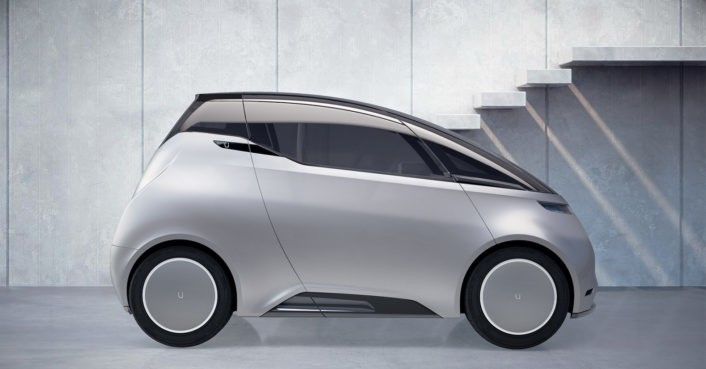Uniti is offering their electric car with five years of free electricity from solar power for Swedish customers thanks to a partnership with E.ON.



Elon Musk’s Boring Company, which was founded to create tunnels for an underground transportation system in Los Angeles, has released a map illustrating a proposed network for those tunnels.
The Boring Company was i nspired by Musk’s frustrations with LA’s notoriously congested traffic. Operating beneath Interstate 105, the tunnels would hold large electric skates that could transport cars at speeds of up to 150 mph (241 km/h).
Commuters without their own vehicles would be able to travel in communal passenger cars.

China is now the proud owner of the world’s first all-electric cargo ship and has already put the vehicle to use.
As reported by China Daily, the 2,000-metric-ton ship was launched in the city of Guangzhou last month and runs in the inland section of the Pearl River.
Constructed by Guangzhou Shipyard International Company Ltd, it can travel 80 kilometres (approximately 50 miles) after being charged for two hours. As noted by Clean Technica, two hours is roughly the amount of time it would take to unload the ship’s cargo while docked.

While accidents have happened, one of the most appealing things about autonomous vehicles is their capacity to make our roads a safer place. Now, insurance companies are starting to offer financial incentives to promote adoption.
Britain’s largest automobile insurance company, Direct Line, has announced a 5 percent discount for customers who activate Autopilot functionality in their Tesla. It follows in the footsteps of Root, a startup that offers a similar promotion across nine states in the US.

Google’s AutoML project, designed to make AI build other AIs, has now developed a computer vision system that vastly outperforms state-of-the-art-models. The project could improve how autonomous vehicles and next-generation AI robots “see.”
In May 2017, researchers at Google Brain announced the creation of AutoML, an artificial intelligence (AI) that’s capable of generating its own AIs. More recently, they decided to present AutoML with its biggest challenge to date, and the AI that can build AI created a “child” that outperformed all of its human-made counterparts.


Battery technology improvements are expected to soon enable electric flight and companies in the field are preparing their powertrain technology to support it. In a major move toward that goal, Airbus, Rolls-Royce and Siemens have announced a new partnership to gradually convert a plane to electric propulsion. The project they are collaborating on is the ‘E-Fan X’, a BAe 146 plane on which they are testing their electric motor technology. During ground tests, they already replaced one of the four gas turbines by a two-megawatt electric motor. Paul Eremenko, Airbus’s CTO, commented on the pr…

This one and one in iceland! wow!
Volcanic eruptions on the Indonesian resort island of Bali have prompted officials to cancel flights and move about 24,000 residents out of the way as a thick ash cloud from Mount Agung, thousands of meters high, drifts east and southeast along the archipelago.
Residents were evacuated from 224 points around the island while Lombok International Airport on Pulau Lombok, the island due east of Bali, has closed temporarily, said Ari Ahsan, spokesman for Ngurah Rai International Airport in Bali.
At Ngurah Rai, Bali’s main airport, flight cancellations stranded roughly 7,000 domestic and international passengers, according to the airport’s latest report.